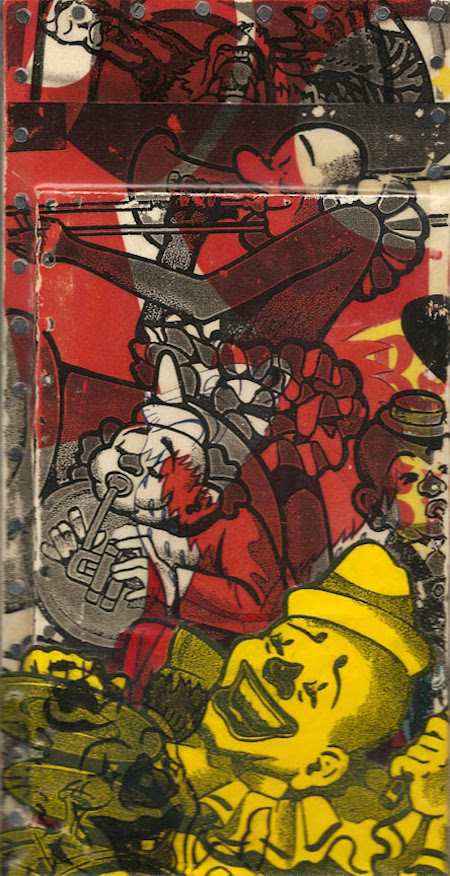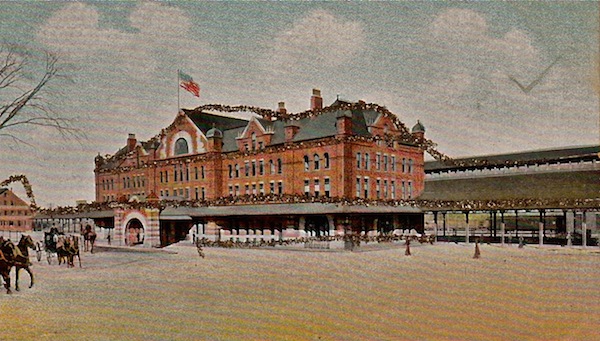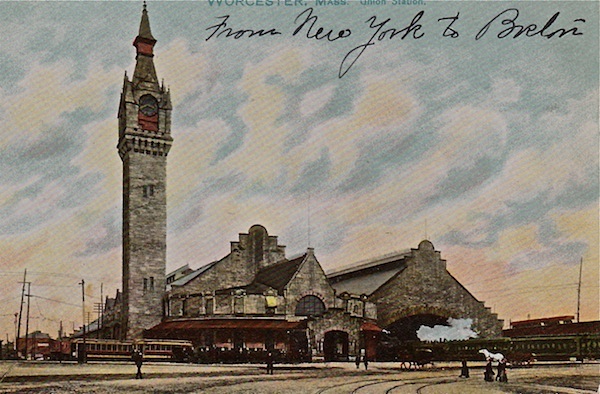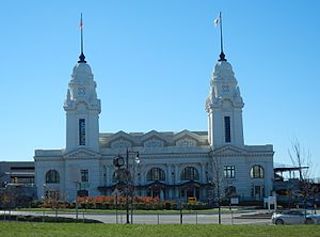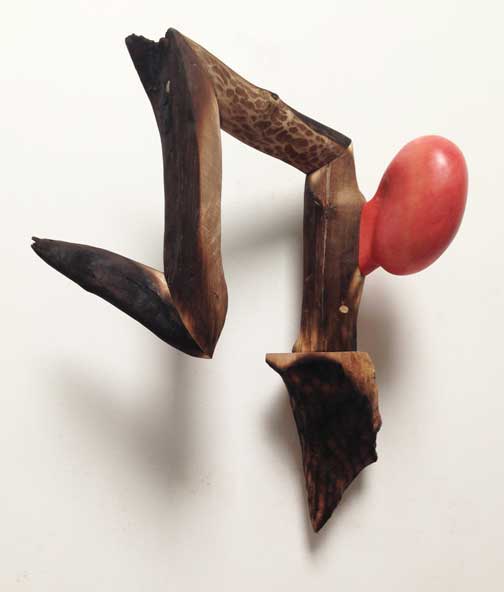MANCHESTER, Conn.
Having been convicted a second time on federal political corruption charges, former Connecticut Gov. John G. Rowland has people shaking their heads in wonder at why he didn't learn his lesson the first time, even as he was given a couple of pretty good jobs upon his release from prison, one doing economic development for his hometown of Waterbury, the other doing a radio talk show.
But it's hardly a mystery. Not all incorrigibles in Connecticut are fatherless young men from minority groups in the cities or boys who think they want to be girls only to end up as wards of the state Department of Children and Families. Every day Connecticut's courts are full of people amassing their umpteenth felony conviction, people who, to get into prison, had to work much harder than Rowland did -- and unlike Rowland's those cases are not compounded by the corruption inherent in political power.
The Meriden Record-Journal laments that people were "duped" twice by Rowland, "once by the young, up-and-coming Rowland and once by the older but not necessarily wiser ‘got religion' Rowland." But unless he was born corrupt and ill-motivated, there may have been no duping at all as he began his political career, just an ordinary vulnerability worsened by a ruinously expensive divorce.
Besides, it is hard to stay in politics in Connecticut for long without becoming cynical, since the very structures of government are greedy, fake, corrupt, or fostering of corruption, from binding arbitration of public employee union contracts to the control of professional regulatory agencies by the professions purportedly regulated. If Ambrose Bierce was still around he might use Connecticut as the example for his definition of "politics" in "The Devil's Dictionary": "A strife of interests masquerading as a contest of principles; the conduct of public affairs for private advantage."
It's not likely that Rowland was born corrupt, more likely that he simply did not have the moral strength to put himself at risk fighting a corrupt system, and, making his peace with that system -- putting his Republican affiliation largely aside and reaching a modus vivendi that proved even more profitable to the Democrats who controlled the General Assembly -- he became not only cynical but arrogant, and then just as venal as they already were, since they had been in power longer. He was just less careful about the details of the law.
Rowland seems to be considered unique in Connecticut for his downfall but he is not. A few decades ago U.S. Sen. Thomas J. Dodd, a Democrat, was even more corrupted by power -- taking bribes, converting campaign contributions to personal use, and evading income taxes while drinking himself into oblivion, leading to his censure by the Senate. But in his last two years in office, by selling his vote to the new national Republican administration of Richard Nixon, Dodd escaped criminal prosecution and now has a stadium named for him in Norwich and a research building and an annual prize named for him at the University of Connecticut.
Rowland, Dodd and others like them are only part of the oldest story in politics, as Shakespeare had Richard II explain:
... for within the hollow crown
That rounds the mortal temples of a king
Keeps Death his court, and there the antic sits,
Scoffing his state and grinning at his pomp,
Allowing him a breath, a little scene,
To monarchize, be fear'd and kill with looks,
Infusing him with self and vain conceit,
As if this flesh which walls about our life
Were brass impregnable, and humour'd thus
Comes at the last and with a little pin
Bores through his castle wall, and farewell, King!
-----
Chris Powell is managing editor of the Journal Inquirer, in Manchester, Conn.

